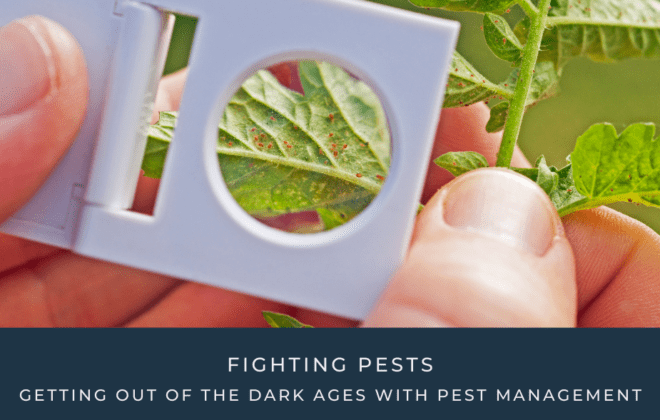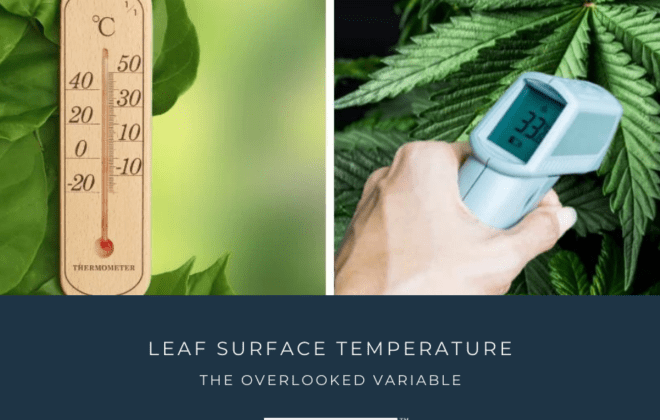WHAT WOULD A SHORTER LIFE CYCLE MEAN FOR YOUR BOTTOM LINE?

Can a week really make that big of a difference?
In our recent Tuesday Tip we discussed how pruning techniques, primarily fimming and topping, can help maximize both the yield and quality of your grow. If you’re a master grower chances are you are probably using one or both of these techniques, and have been for a long time. These methods trigger the growth of the axillary shoots and train your crop to grow horizontally.
It’s a saturated market, filled with quality products. You need a refined scientific growth process if you expect to truly own your customer base through high-quality products. In this piece we will tackle why these techniques are increasingly important in the ever-growing cannabis industry and why a refined scientific process can not only save on operational costs but increase your overall return on investment per harvest.
If you’re new to the indoor horticulture space, or just want to get a refresher, here is a bit of background. Common Pruning techniques, such as fimming and topping, were introduced to help adapt the traditionally outdoor-grown cannabis plant to increase successful growing indoors. These methods train the plant to grow horizontally instead of vertically, which helps to maximize light penetration. Generally, each pruning process involves removing or damaging the newest growth of the main stem to trigger the plant to produce axillary shoots, also commonly referred to as ‘low-stress training’.
The plant responds by concentrating its energy on growing the axillary shoots to catch up to the height of the main stem, increasing the area of the plant where your LED lights can reach. This allows you to take full advantage of the advanced spectrums available in the market today.
Low-stress pruning effectively alters the plant’s growth pattern, allowing the plant to have more stems that reach the proper height for the even light distribution throughout the plant. This produces larger and superior axillary buds, significantly increasing the overall yield of the plant and conversely, the amount of quality return you can get from a single crop.
THE CHALLENGE:
Both of these methods involve a critical recovery time between the pruning method and new vegetative growth, delaying the time that one can see a return on investment. Often, this practice is done on young cuttings in an attempt to not slow the more vigorous growth of a more mature plant. However, younger plants have an underdeveloped root system so the increased demand for nutrients is hard to meet, ultimately slowing the overall growth as the plant catches up.
There is no question that this process needs to occur … but is there a way to speed up the turn-around time to get the competitive edge?
Quebec based researchers Gaudreau, Missihoun, and Germain, were pondering this same question. The researchers wanted to see if they could speed up the recovery period by conducting the topping method on the mother plant (triggering the dormant gene), one-week before the young cuttings are made. Their hypothesis was that the well-established root system of this more mature plant would decrease the time needed for the production of the axillary shoots.
The results in their initial study were extremely positive, maintaining the high yield on multiple branches while shortening the entire plant cycle by 7 to 10 days.
Although it’s still early to tell the overall effectiveness of the method (the process was only tested on 8 cultivars), we will be keeping an eye on this research to see if shifting the topping to the mother plant could be the key to increasing overall productivity (and ROI) for commercial cannabis growers.
Can a week really make that big of a difference?
Absolutely. If you’re already growing commercially, you have most likely invested in a strong infrastructure including quality equipment and LED lighting for your cannabis facility. 5-7 days can have a major impact on your overall profitability, especially if you expand this time savings over an entire year.
Of course, if you are already growing with Aelius LED you have likely shortened your cycle and increased bud density. Why not take it one step further and experiment with these new research methods? It could give your company that competitive catapult into this evolving industry.
Happy Growing Folks! Let us know what you think of this study?
Could you see this working on a large scale or in your cultivation space?




